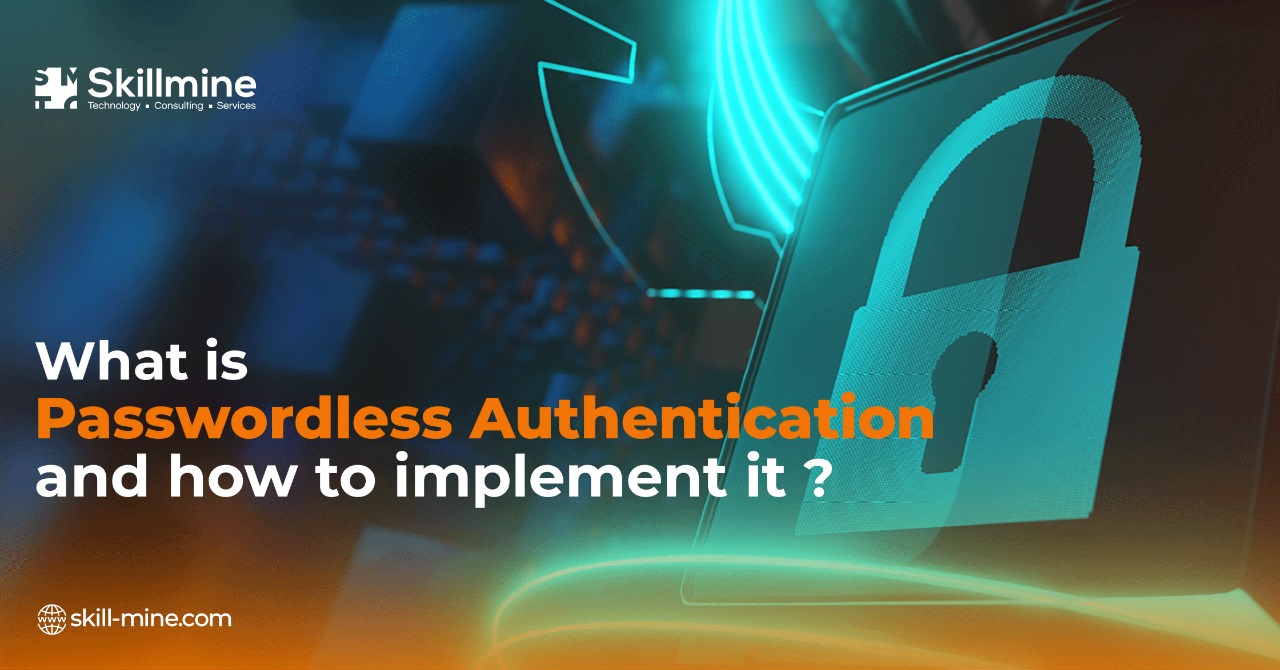According to Verizon’s 2021 Data Breach Investigations Report (DBIR), credential vulnerabilities account for over 84% of all data breaches. Eliminating passwords altogether reduces your risk for a data breach. This reduces a malicious attacker’s ability to use them against you and your users.
Password-less authentication is the process of verifying a software user’s identity with something other than a password.
Most common password-less authentication methods
- Verifying the possession of a secondary device.
- Account a user has.
- A biometric trait that is unique to them, like their face or fingerprint.
Benefits of password-less authentication
Passwordless authentication creates a smoother experience than traditional username and password (U/P) authentication for both you and your users (that can be more secure if it relies on WebAuthn). Not only does this save you money, but it can even lead to an increase in sales in some cases.
Research by The Ponemon Institute and Yubico also shows that eliminating passwords may increase sales for some businesses. 50% of the 1,700 IT professionals surveyed reported that they could not complete a personal transaction as a result of a forgotten password.
Finally, user experience can be a competitive advantage for software businesses (even at the enterprise level). So reducing login friction could also encourage users to choose you over your competitors.
Five step implementation process for password-less authentication
- Develop a replacement use case: Develop a comprehensive overview of the departments in your organization, and the apps that they interact with. Do not attempt to map out and replicate the security of each individual application. Instead, focus on consolidating authentication workflows into one central management structure. This means you can follow roughly similar authentication paths, streamlining your own understanding of your password-less solution must-haves.
- Complete a risk assessment and prioritize: Understand the risk associated with each information system in your organization. This helps in being prepared for a potential breach. It also equips your business by giving you a better clarity about the authentication requirements for each system, according to the level of risk they pose. It will also help you prioritize your work, with a faster rollout focused on the highest risk systems.
- Reduce user-visible password surface area: Users are required to use their passwords numerous times daily. The third stage of transitioning to a password-free workplace is getting rid of as many password login screens as you can. Users start to feel the simplicity of password-less authentication as a result of being able to switch between systems easily. Another significant advantage of this step is the improvement in your company’s phishing defences.
- Transition to a full-password deployment: Once you’ve reduced the frequency of password requests for users, you can switch to a totally password-free setting. An ideal password-less proxy would allow users to sign up for the service and never again see an authentication prompt. The real world, however, is seldom quite so simple.
Say you’ve been using password-less authentication for a few weeks and one of your users loses their initial authentication device. Even while you should still use a PIN or biometric feature to secure their personally identifiable information, you should get rid of that credential from your system as soon as you can.
An admin control panel that enables you to observe your users and modify which devices they have registered should be provided by your password-less provider. Through this interface, you ought to be able to easily invalidate the lost device and credentials before adding a new device.
- Eliminate passwords from the identity directory: Once your users have fully transitioned away from the password procedure, the final step towards a genuinely password-less environment is to remove these passwords from your storage. However, passwordless is sometimes inappropriate for a very outdated or custom app. You might occasionally need to remember a random password here and there. On the bright site, the attack surface gets a little bit smaller for every user who switches to password-lessness.
Conclusion
Many organizations make mistakes in their password-less deployment. Skillmine Auth is an indigenously developed product of Skillmine that supports password-less logins, social logins and enterprise providers. As a unified authentication platform, the solution simplifies access management across multiple applications in an organization. Know more about how Skillmine Auth can simplify authentication and authorization for your business:
Looking for expert technology consulting services? Contact us today.





